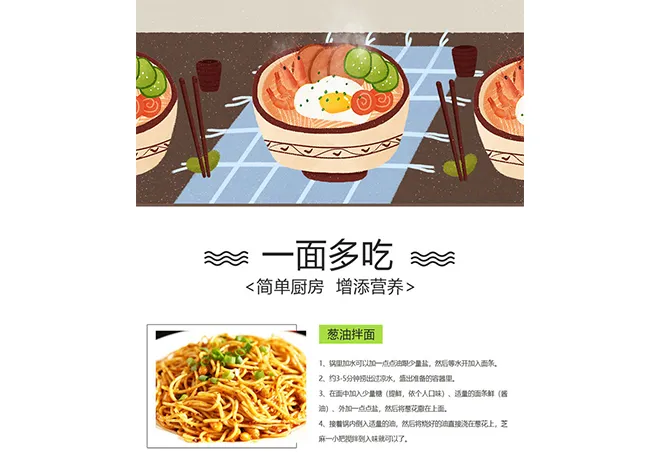Understanding the Ingredients and Benefits of Konjac Noodles for Healthy Eating
What Are Konjac Noodles Made Of?
In recent years, konjac noodles have gained popularity among health enthusiasts and those following low-carb diets. Often touted for their unique texture and health benefits, these noodles offer a guilt-free alternative to traditional pasta. But what exactly are konjac noodles made of, and what makes them so special?
The Konjac Plant
Konjac noodles are derived from the konjac plant, also known as Amorphophallus konjac. This plant is native to Asia and primarily grows in countries such as Japan, China, and Indonesia. The konjac plant is known for its large corm, which is the underground stem that resembles a bulb. This corm is the primary source of the main ingredient used to make konjac noodles glucomannan.
Glucomannan The Key Ingredient
Glucomannan is a water-soluble dietary fiber extracted from the konjac corm. It is known for its impressive ability to absorb water—up to 100 times its weight—and form a gel-like substance. This unique property is what makes konjac noodles not only low in calories but also high in dietary fiber. When glucomannan is mixed with water, it swells and creates a thick texture that serves as the base for konjac noodles.
The Making of Konjac Noodles
The production of konjac noodles involves several steps. First, the konjac corm is harvested and processed to extract glucomannan. This powder is then mixed with water to create a gel-like substance. Afterward, the mixture is shaped into noodle forms, which can vary in thickness and texture. The noodles are then cooked or processed to achieve the desired consistency. After cooking, they are packaged in water to preserve freshness.
konjac noodles what are they made of

Nutritional Benefits
One of the standout features of konjac noodles is their nutritional profile. They are virtually calorie-free, making them an excellent choice for individuals looking to manage their weight. Additionally, due to their high fiber content, konjac noodles can help promote feelings of fullness, which may assist in appetite control. Another benefit is their low carbohydrate content, which makes them suitable for people following ketogenic or low-carb diets.
Moreover, glucomannan is known to have several health benefits, including improving digestion, regulating blood sugar levels, and lowering cholesterol. The soluble fiber in glucomannan can also support gut health by acting as a prebiotic, which encourages the growth of beneficial bacteria in the intestines.
Culinary Versatility
Konjac noodles are incredibly versatile and can be used in a variety of dishes. They readily absorb the flavors of the sauces and ingredients they are cooked with, making them a great addition to stir-fries, soups, salads, and even sushi. They can be served hot or cold, providing a convenient option for both warm and refreshing meals.
When preparing konjac noodles, it’s essential to rinse them thoroughly to remove any residual odor, as they can have a slight earthy smell straight out of the package. After rinsing, they can be added to any dish just like traditional noodles.
Conclusion
Konjac noodles are a fantastic alternative for those seeking a low-calorie, high-fiber food option. Made from the glucomannan extracted from the konjac plant, these noodles not only offer a unique culinary experience but also provide numerous health benefits. As they continue to gain popularity across various diets, konjac noodles present an innovative way to enjoy meals without the added calories. So whether you’re looking to cut carbs or simply try something new, konjac noodles might just be the perfect ingredient for your next culinary adventure!
-
Unlock the Delicious Potential of Yam NoodlesNewsAug.11,2025
-
The Authentic Taste of Lanzhou NoodlesNewsAug.11,2025
-
Savor the Art of Hand Pulled NoodlesNewsAug.11,2025
-
Indulge in the Timeless Delight of Spaghetti BologneseNewsAug.11,2025
-
Indulge in the Rich Flavor of Braised Beef NoodlesNewsAug.11,2025
-
Elevate Your Meals with the Magic of Fresh PastaNewsAug.11,2025
-
Unleash Your Inner Chef with Delectable Italian Pasta CreationsNewsAug.01,2025
Browse qua the following product new the we







